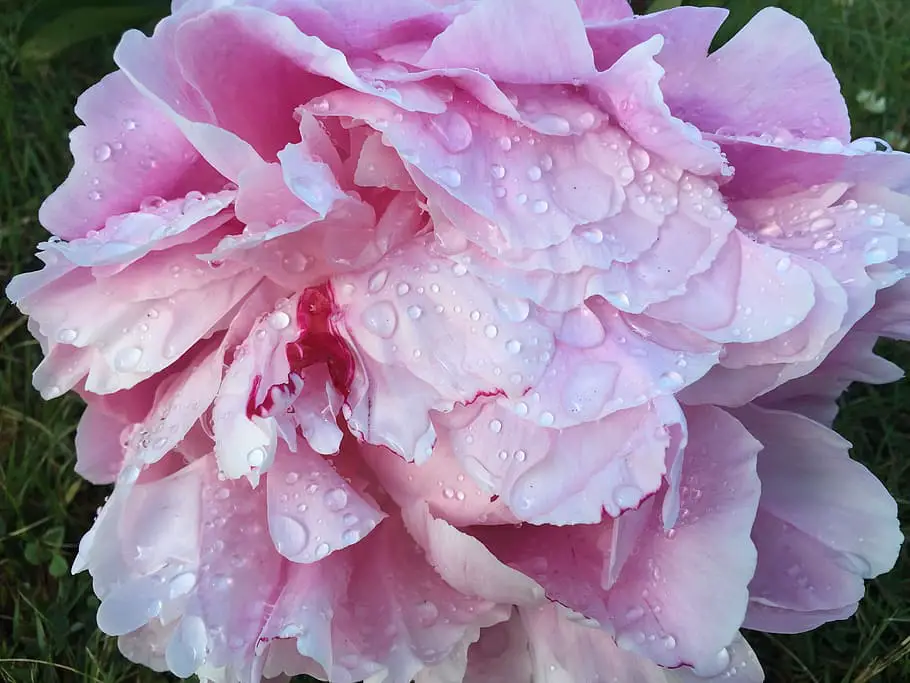The mysterious furnace.
Have you ever had a problem with your furnace blower keeps running but no heat and realized no one you know has a clue on what to do to fix it?
Including yourself?
I have had my share of embarrassing moments, calling out HVAC repairman only to find that I haven’t changed the filters.
And though I don’t like being embarrassed, it’s not that part that is the worst. It’s the amount of money that I spent on such a lame mistake that puts the icing on top.
Sure there are plenty of times when something can malfunction, that I don’t have the first clue on how to diagnose or repair,
But what I have found is that most of the time that is not the case. And the fix for getting the furnace working again turned out to be super simple.
Furnace blower keeps running but no heat
The Most Common Issues that you may find when the furnace blower keeps running but no heat is:
1. Filters are dirty, or
2. Ignition sensor is dirty and the furnace wont ignite.
It’s a pretty common problem to turn the heater on but have cool air coming out. One of my first experiences with calling out a HVAC tech for the shop I work in was because the heaters were simply not getting hot.
I decided to pay for the complete HVAC inspection package.
The guys ( 2 older guys) show up and do their thing then appear from there mysterious HVAC work holding two filters that are completely caked over with about a inch of fuzz and debris.
Humiliating.
1. Check your filters
Your heater furnace needs good airflow to work and if you’re filters get too dirty it will not blow warm air. Dirty filters are one of the main reasons the heater is not working and one of the easiest things to check and maintain.
Cold air blowing out of vents when heat is on
2. Furnace not igniting burners
This is another one that I’ve had an experience of calling out a tech.
And believe me, I check the filters first but that didn’t do anything.
So this time the guy shows up ( one of the same guys) and I told him I already check the filters. I’m on top of this.
He proceeds to get a ladder, stick his head up into the Attic, get down and then look at the thermostat.
Next. (You would think you’d want to keep this part secret) he pulls out a tiny piece of sandpaper out of his front pocket then goes back up the ladder.
He gets down and tells me that’s it. He’s done.
 I ask him what he did with the sandpaper and he told me that my ignition sensor was dirty so sanded it off a little bit to clean it.
I ask him what he did with the sandpaper and he told me that my ignition sensor was dirty so sanded it off a little bit to clean it.
$140.00. And he didn’t even replace anything.
Not all furnaces have ignition sensors.
Many furnaces have pilot lights. Sometimes the pilot light can get blown out. If you have a wall furnace, that is many times the case.
If you find that your pilot light will not stay lit then it is most likely a issue with not getting enough fuel.
Thermostat not turning heat on
By this time, it probably seems like I’m a real dope. I probably am, but no one else seems to know the answers either.
Check the batteries in the thermostat.
Did you know that thermostats have batteries? I didn’t.
If you have a thermostat that is not turning on your furnace and seems to be glitching out, there’s a good possibility your batteries need changing.
And while you’re at it, make sure that the thermostat is set to Heat and Auto.
Super simple things to check but if you don’t know then you just don’t know.
If you change the batteries and it’s still not working, thermostats do go bad.
It might be time to change the thermostat, and though it may not be something you want to tackle on your own, it’s not exactly rocket science.
I’ve had two separate occasions where the heat wouldn’t come on and it was the thermostat.
The first was in a rent house so I didn’t have to pay for the repair, but the second time it was in my own house and the price of the thermostat plus the installation was $295.00
$295 is incentive enough to replace my own thermostat for now on.
Make sure there’s nothing covering your vents.
This is another bonehead move that I have made and called and HVAC technician to solve.
Central heat and air units have supply Air and return air vents.
Sometimes these events can get dirty themselves and not allow for the air to flow freely which will inhibit the amount of warmth you get from your vents.
But even more common, and one I am guilty of, is putting something directly in front of the return vents. In my case it was a sheet of plywood.
Imagine if you were an HVAC technician and you are sent out to diagnose a heating problem only the find that someone is put a piece of plywood in front of the return vents and blocking off the air from actually blowing at all.
This is the kind of stories these guys have to tell daily. And I’m proud of being able to supply them with so much content.
Long story short..
 Make sure your vents are all open and that there is nothing covering them.
Make sure your vents are all open and that there is nothing covering them.
Of course not all problems or that easy to solve when it comes to your furnace not blowing out heat, but it is incredible how many easy fixes there actually are.
Do yourself a favor, and your pocketbook, and make sure that you’re not making some of these little mistakes they can end up costing you a lot of money.
The furnace doesn’t have to be that mysterious and it’s well worth it to get even a little bit of knowledge to help you help yourself and not have to pay a hefty bill every time you have a problem.
AC Dry Mode



 What temperature to set the thermostat on in winter when away?
What temperature to set the thermostat on in winter when away?
 Should I run my furnace fan continuously
Should I run my furnace fan continuously Summary
Summary
